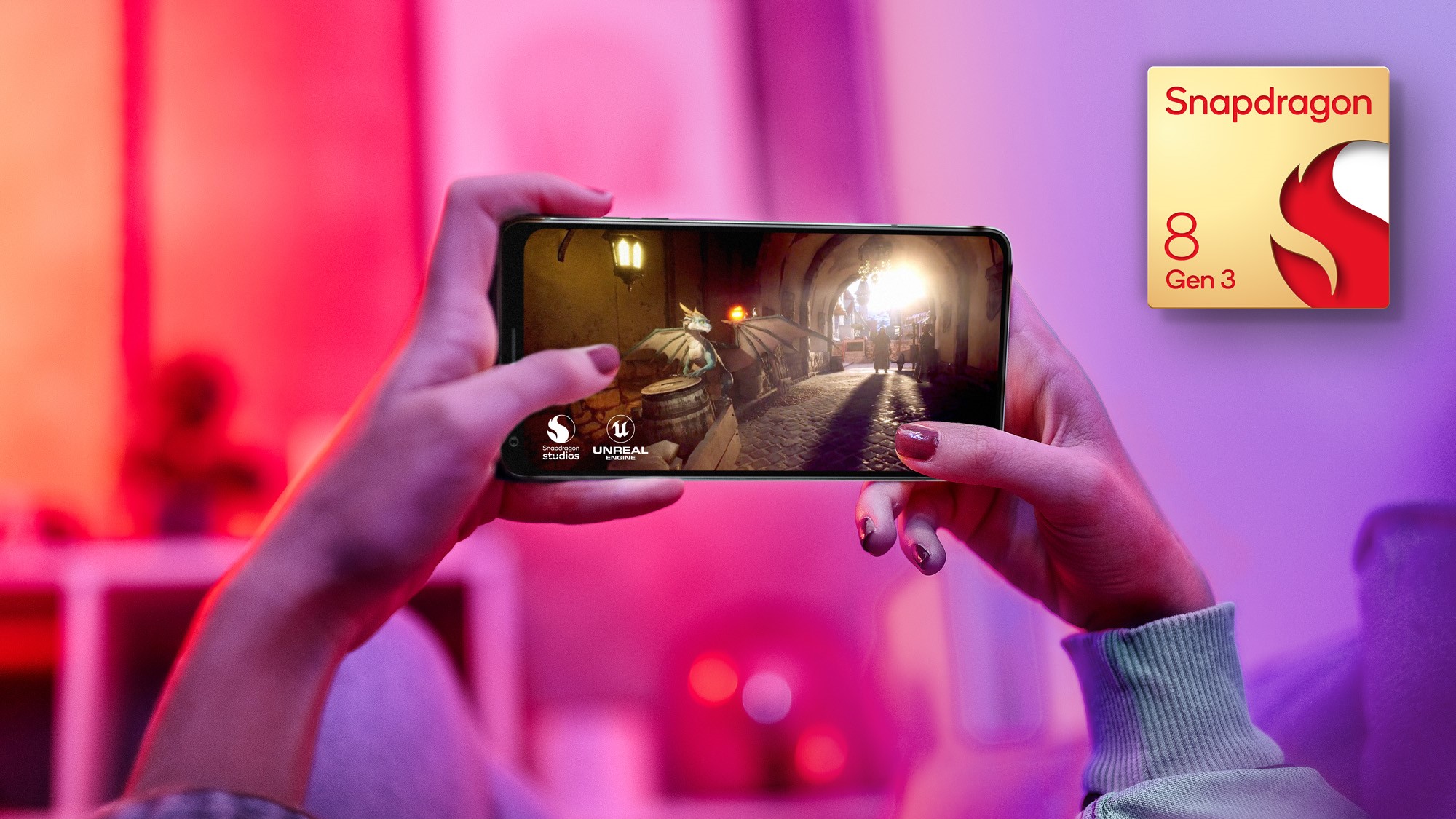Qualcomm's XPAN tech is the best new audio feature you'll probably never get to use
Expanded connectivity for your earbuds comes at a price.

Qualcomm's new Snapdragon 8 Gen 3 is probably the company's best offering ever. It's definitely got the most powerful, promising AI-accelerated features and, at least on paper, raw performance that rivals anything even Apple has to offer. Phones using it should prove to be capable of almost anything. There's also an amazing feature that almost everyone would want when it comes to listening through your headphones — high-quality audio streaming via Wi-Fi. That's a big part of Qualcomm's "reimagined" S7 Sound Platform, which looks promising, but companies still have to adopt it.
The S7 Sound Platform promises AI-supported noise canceling and hearing enhancement using a newly designed NPU (neural processing unit), as well as better audio performance from its expanded amount of memory and DSP (digital signal processing) cores. It will sound better than anything the company has offered in the past and should bring the Bluetooth experience even closer to what you would expect from a set of quality wired headphones.
On top of this, Qualcomm has introduced what it calls XPAN — Expanded Personal Area Network. Your headphones will connect to Wi-Fi, and as long as your phone (or whatever you're using to listen) is connected to the same Wi-Fi network, you'll get HQ audio streamed right to your ears. That means you can walk around the house or anywhere with Wi-Fi coverage and not have Bluetooth disconnecting or sputtering.
To me, this is the best feature of the new Snapdragon 8 Gen 3. Too bad this feature probably isn't something you're ever going to be able to use.

There is no apparent problem with the tech itself, and on paper, this sounds like the perfect solution for any company that doesn't build its own microprocessors. For it to work, though, supported hardware will need to be inside both the source (your phone) and the target (your headphones), and that's where this news isn't as cool.
You can take a gander at this list of devices that are currently Snapdragon Sound certified to see what I'm talking about. You'll find a lot of phones on the list, but it's lacking when it comes to headphones, especially once you start looking for ones that aren't expensive. It's great that Master & Dynamic or Denon offer supported products, but many of the best wireless earbuds you're using right now probably aren't on it.
There's also a noticeable Samsung-sized hole on the list. It's no secret that Samsung's best phones use Qualcomm chips, and there's a chance that the company will offer the benefits of being a certified S7 Sound Platform device. Unfortunately, there's an equal chance that they won't.
Get the latest news from Android Central, your trusted companion in the world of Android
The issue here is two-fold. Getting certification requires a company to use the right (read: most expensive) chip, so that means most good, cheap wireless earbuds are automatically out of the picture. It's tough to make money in the competitive low-end consumer audio market, and spending more on parts won't make it any easier. Most consumers don't want to spend upwards of $500 on earbuds, even if they would offer cool new tech like XPAN. This means most companies aren't going to be interested.

The other problem is companies want to use their own solutions. Samsung, for example, makes competitively priced earbuds full of brand-specific features that are used as selling points. While all companies share some features like "regular" aptX support — another Qualcomm property — it's also great to be able to say your gear does something that other brands can't. It's dumb and maybe even short-sighted, but brands like to try and tell us they are unique and special to try and lure us into buying them. It must work.
In a perfect world, there would be a set of open standards that chipmakers followed when it comes to audio processing and playback, but we all know the world isn't perfect. Companies spend R&D dollars to develop features of this nature and then try to capitalize on them. I don't blame them one bit.
I don't use Bluetooth earbuds very often, but when I buy my next pair, I will look at the products that can use Qualcomm's XPAN first. You might do the same. It's too bad that our choice isn't going to be very broad, though.

Jerry is an amateur woodworker and struggling shade tree mechanic. There's nothing he can't take apart, but many things he can't reassemble. You'll find him writing and speaking his loud opinion on Android Central and occasionally on Threads.
